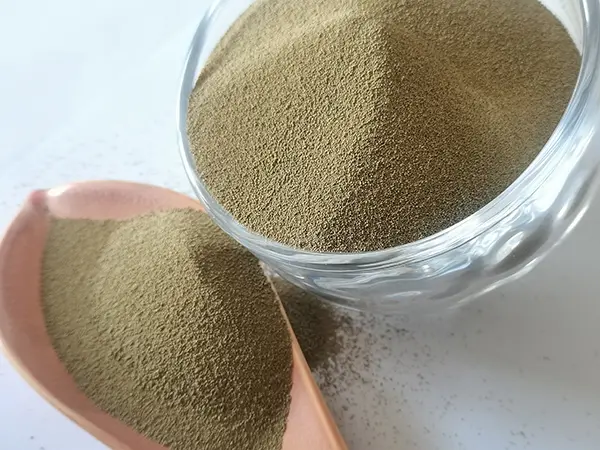The Versatile World of Ceramsite Properties, Applications, and Future Prospects
Ceramsite, a lightweight aggregate produced from clay, shale, and other suitable materials, has gained significant attention in various industries due to its unique properties and versatile applications. This innovative material has paved the way for advancements in construction, environmental remediation, horticulture, and much more. In this article, we will explore what ceramsite is, its key characteristics, applications in different fields, and its promising future.
What is Ceramsite?
Ceramsite is manufactured by subjecting raw materials to high temperatures, causing the materials to expand and form lightweight, porous pellets or aggregate. The manufacturing process typically involves the following steps selection of raw materials, mixing, shaping, and firing. The resulting product is characterized by a closed, porous structure that provides remarkable strength and lightweight properties. Ceramsite is usually produced in various sizes, ranging from fine particles to larger aggregates, making it suitable for a multitude of uses.
Key Properties of Ceramsite
1. Lightweight One of ceramsite's most significant attributes is its low density. Compared to traditional aggregates, ceramsite is substantially lighter, which results in reduced dead load on structures and facilitates easier handling during construction.
2. High Strength Despite its lightweight nature, ceramsite possesses excellent compressive strength, allowing it to be utilized in structural applications without compromising durability.
3. Thermal Insulation The porous structure of ceramsite provides excellent thermal insulation properties. This makes it highly beneficial for energy-efficient construction, helping to maintain temperature stability within buildings.
4. Water Retention Ceramsite can absorb and retain water due to its porous nature, making it ideal for agricultural and horticultural applications, where the regulation of moisture is crucial.
5. Environmental Benefits The production of ceramsite can utilize industrial byproducts such as fly ash and slag, which helps reduce waste and promotes sustainable practices.
ceramsite

Applications of Ceramsite
1. Construction Industry Ceramsite is widely used in the construction of lightweight concrete, precast panels, and various non-load bearing applications. Its combination of lightweight and strength enhances the efficiency and feasibility of building projects, especially in areas prone to earthquakes or heavy loads.
2. Environmental Engineering Due to its excellent filtration capabilities, ceramsite is often used as a filter medium in water treatment plants. Its porous structure allows for the removal of impurities, suspended solids, and microorganisms, contributing to cleaner water sources.
3. Horticulture In gardening and agriculture, ceramsite serves as an ideal soil amendment. Its capacity to hold water and nutrients while allowing for adequate aeration promotes healthy root development in plants. Its lightweight nature also facilitates easy transportation and handling in gardening applications.
4. Fireproof Materials Ceramsite exhibits fire-resistant properties, making it valuable in developing fireproof building materials. Its inclusion in mortars and plasters enhances their resistance to high temperatures, providing increased safety in construction.
5. Rehabilitation of Contaminated Sites Ceramsite aggregates can be utilized in the rehabilitation of contaminated land, serving as a sustainable alternative for the remediation of pollutants and toxins, thus promoting environmental restoration.
Future Prospects
As global awareness of environmental sustainability increases, the demand for innovative materials like ceramsite is expected to rise. Ongoing research and development are likely to unlock new applications and enhance the properties of ceramsite, making it an even more valuable resource in various industries. For instance, combining ceramsite with other materials could lead to advanced composites with tailored properties for specific applications.
In conclusion, ceramsite stands out as a versatile and environmentally friendly material with a wide range of applications across different sectors. Its unique combination of lightweight, strength, thermal insulation, and water retention properties are driving its adoption in construction, environmental management, horticulture, and beyond. As we move forward, embracing innovative materials like ceramsite will be crucial in achieving sustainable development and addressing modern-day challenges in construction and environmental preservation.
Post time:डिस . 09, 2024 14:45
Next:resin coated sand plant
